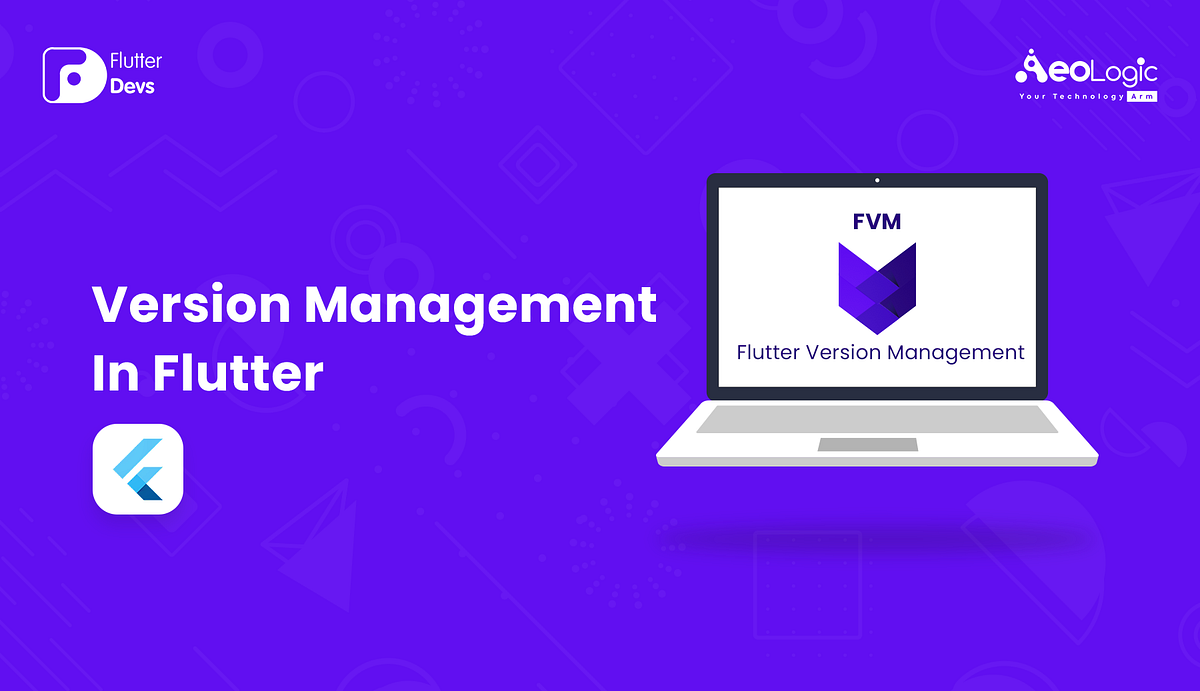Flutter is a portable UI toolkit. In other words, it’s a comprehensive app Software Development toolkit (SDK) that comes complete with widgets and tools. Flutter is a free and open-source tool to develop mobile, desktop, web applications. Flutter is a cross-platform development tool. This means that with the same code, we can create both ios and android apps. This is the best way to save time and resources in our entire process. In this, hot reload is gaining traction among mobile developers. Allows us to quickly see the changes implemented in the code with hot reload.
Flutter Management Version allows different types of flutter versions to be available on a project basis. This means that we can define specific types of flutter versions for different types of projects, it allows us to release multiple channels, cache it locally, so switch versions. then we don’t have to wait for setup.
In
this article, we will learn about Version Management In Flutter. In this, we will see how to set up work Version Management in a flutter. so let’s get started. so let’s get started.
Table Of Contents :
FLutter Version Management (FVM)
FVM Install
Install SDK Version
Set Up IDE
Conclusion
Flutter Version Management (FVM):
When we work on our flutter project, we need to release the updated flutter and the app, verify it, and switch different types of SDK to test it, which takes us time for development. To avoid this, we use Flutter Version Management, which provides us with different types of Flutter versions for our machines. So that each time Flutter can test the app against the updated Flutter release without waiting for installation and will be able to switch to the Flutter version accordingly.
#dart #version-management #flutter
